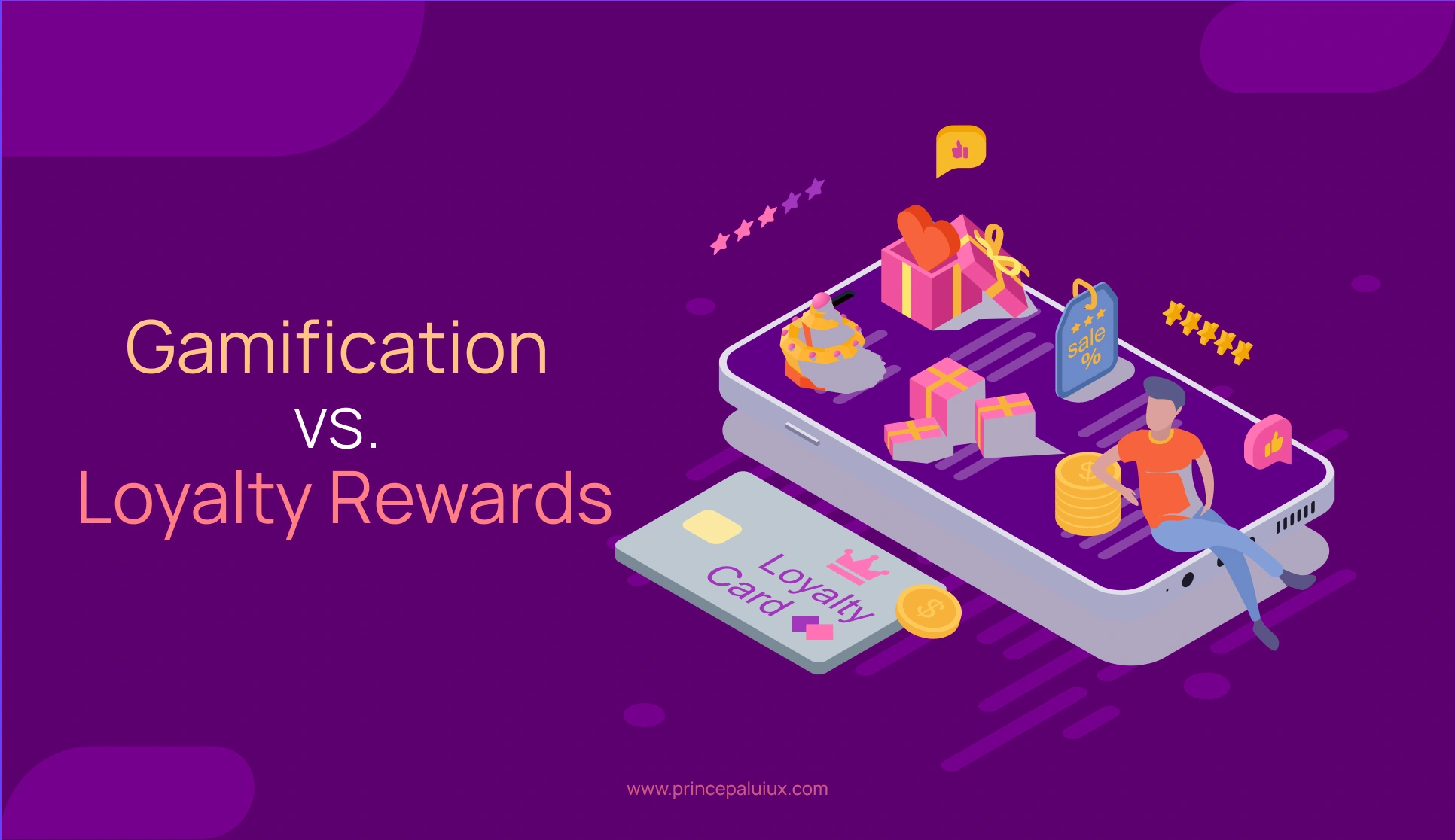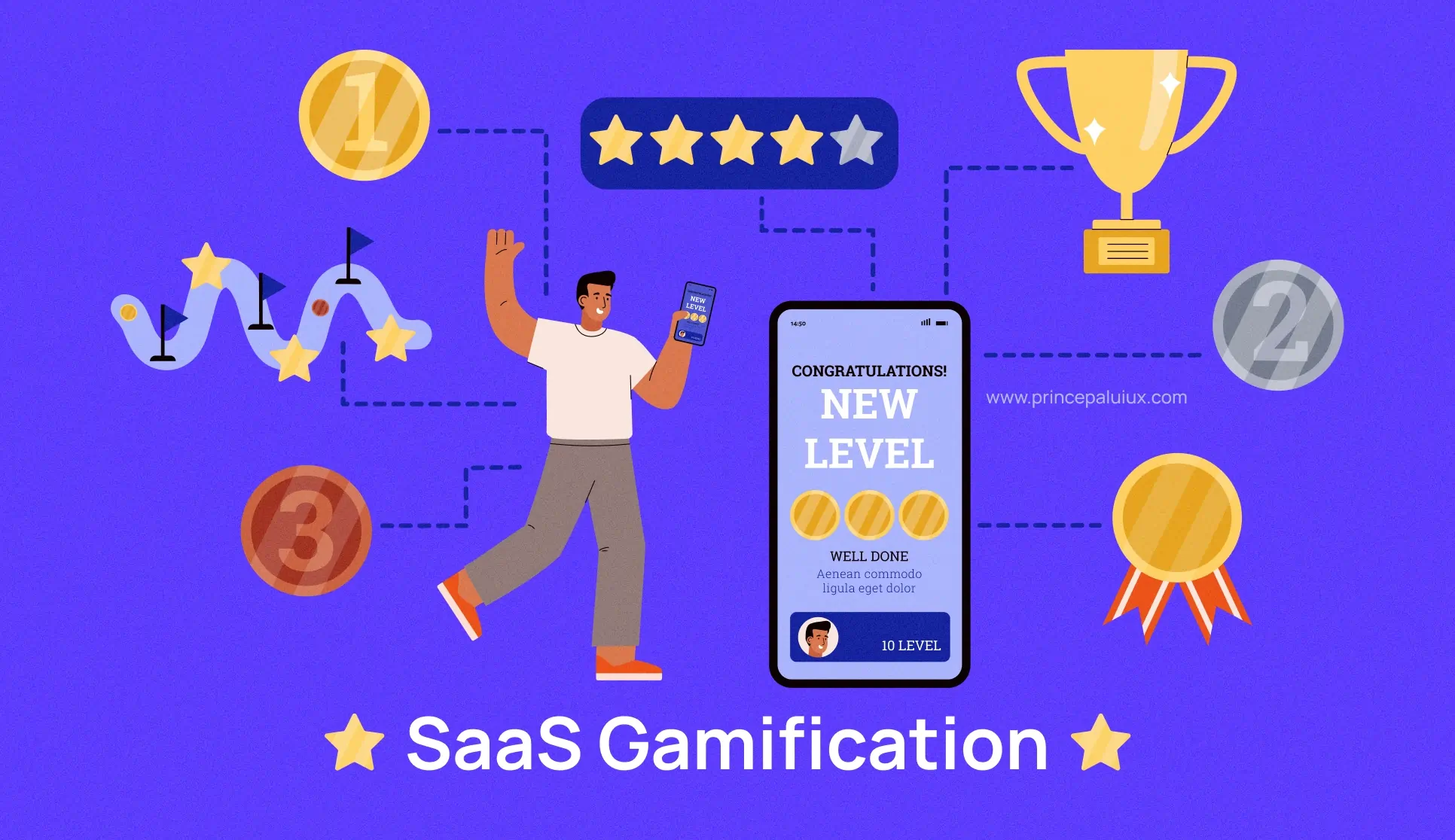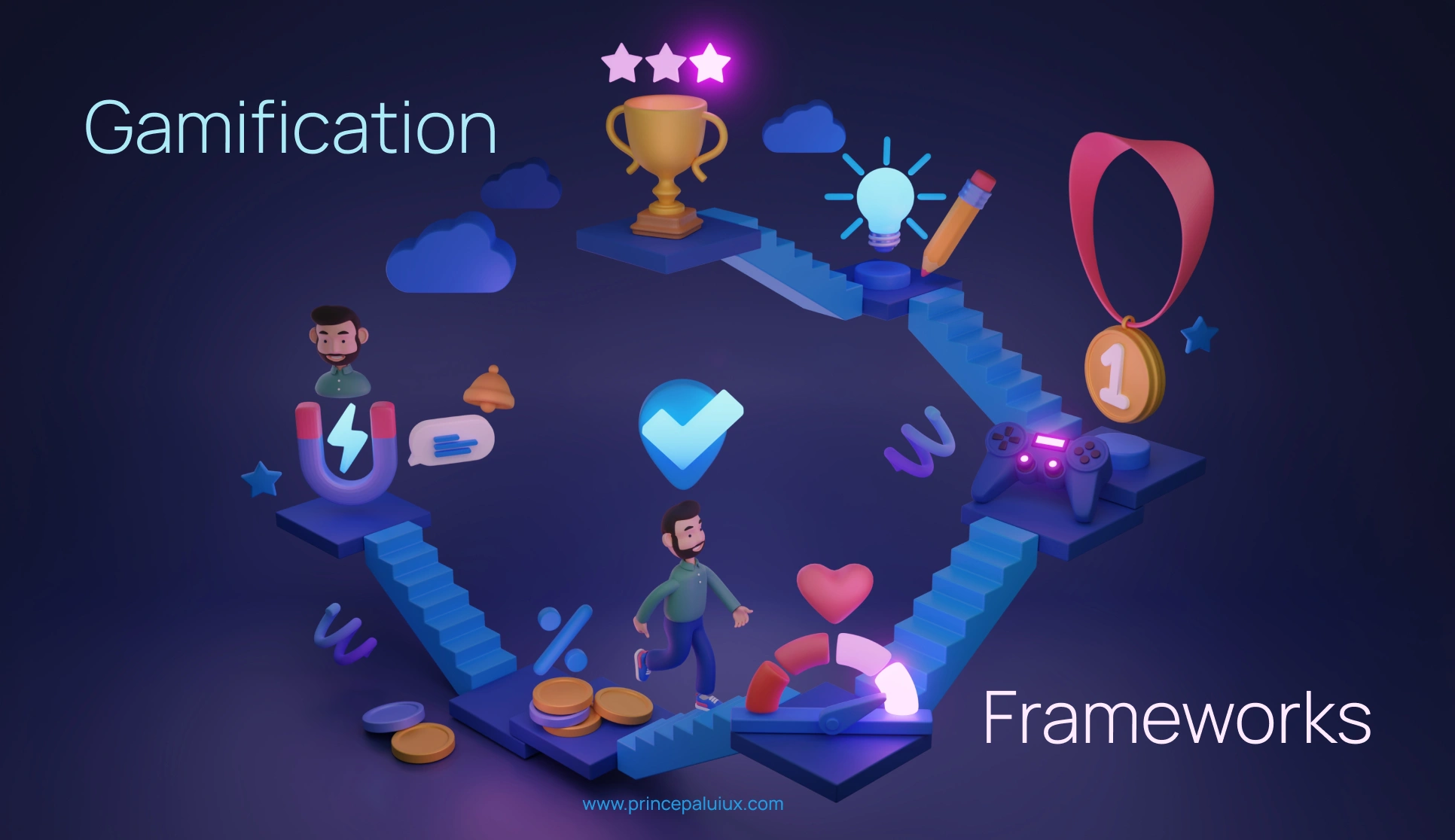Regarding keeping users hooked on your SaaS product, two common strategies pop up: gamification and loyalty programs. Both can improve how long and happy users stay—but which works better?
The truth is, it depends on your goals and audience. Stats show that gamification can boost user engagement by up to 42%, while loyalty programs can increase customer lifetime value by about 33%. But numbers alone don’t tell the whole story.
Let’s examine the options to determine which path (or mix of both) is right for your product.
What Is Gamification in SaaS?
Gamification means adding game-like features to your product to encourage users to stay active. Think progress bars, badges, and leaderboards—features that reward users like a video game would.
It works because people are naturally motivated by things like achievement and competition. For example, Duolingo uses streaks and XP points, and every badge earned helps keep users coming back. Each badge results in about a 5% increase in retention.
But gamification isn’t just about making things fun. It’s about driving user behavior. If you aim to boost feature usage or increase daily logins, design your gamification strategy around that. And don’t forget to track performance—metrics like user activity and time spent in your app will tell you what’s working.
Loyalty Programs for SaaS: A Different Approach
Loyalty programs reward users for sticking around. They’re more about giving back than creating a game-like experience. This might mean offering discounts, points, or exclusive features.
A good loyalty program can make users feel valued and appreciated. Studies have shown that 75% of people are likelier to keep using a product if they get rewards. When done well, these programs can increase customer lifetime value by up to 30%.
Start by determining the most valuable user actions—like referrals, upgrades, or daily use—and build a rewards system around them. Personalization is key here. The more tailored the rewards are to the user, the more effective the program becomes.
Remember to promote your loyalty program. Use emails, in-app messages, and your website to spread the word.
How Users Behave: Key Metrics to Watch
To see whether your gamification or loyalty efforts are paying off, track these three engagement metrics:
- Daily Active Users (DAU): How many unique users interact with your app daily? A solid DAU means your product is sticky.
- Retention Rate: Are people coming back? Higher retention usually means your strategy is working.
- Session Length: How long are users staying? Longer sessions suggest they’re engaged and getting value.
These numbers will guide your strategy and help you tweak what’s not working.
Cost vs. Value: Which Is More Worth It?
Both gamification and loyalty programs cost time and money to build, but the return on investment (ROI) can make them worthwhile.
Gamification tends to have higher upfront costs, especially if it requires complex software development or game design. Loyalty programs might be cheaper, but you’ll have ongoing costs to manage rewards and communication.
Gamification can lead to substantial engagement boosts—up to 48%—and increase conversions by 9x. Loyalty programs, meanwhile, can reduce churn and raise profits by as much as 95%.
So which one is better? It depends on your goals, budget, and how scalable you want your strategy to be. Just remember: both need ongoing care and improvement to stay effective.
Real-World Examples: What’s Worked (and What Hasn’t)
Let’s look at a few case studies:
- Duolingo nailed gamification. Using streaks and rewards helped them grow daily users by 50%.
- Adobe – Tiered subscriptions boosted CLV by 33%.
- Dropbox’s referral program—a loyalty strategy—helped them grow 3900% in just 15 months.
But not every story is a success:
- Foursquare relied heavily on gamification through badges, but over time, users lost interest, and engagement dropped.
- Evernote’s points-based loyalty system didn’t move the needle—it failed to drive long-term engagement.
- Foursquare – Badges lost appeal over time, causing user drop-off.
- Evernote – A points-based system failed to drive real engagement.
The takeaway? Gamification works best when it taps into users’ natural motivation, while loyalty programs need to offer accurate, meaningful value. Both require regular updates and feedback loops.
How to Make It Work: Best Practices
Want to implement one of these strategies? Here’s how to set yourself up for success:
- Start with clear goals—what are you trying to improve? Define your key metrics.
- Design with the user in mind—make the experience intuitive and rewarding.
- Add value—whether a badge or a discount, to ensure users feel it’s worth their time.
- Personalize the experience—use data to tailor rewards and challenges.
- Keep in touch—use notifications and messages to keep users engaged and informed.
- Make it feel natural—integrate your strategy into the product, not as a separate feature.
What’s Next: Future Engagement Trends in SaaS
As tech evolves, so do engagement strategies. Here’s what’s coming:
- AI and machine learning will make it easier to personalize the user journey.
- AR and VR could make gamification more immersive.
- Blockchain might change how loyalty points are tracked and redeemed.
- Micro-rewards (tiny, instant wins) will become more common.
- Social features will drive peer engagement and community building.
- Voice interfaces may simplify how users interact with your product.
- And expect gamification and loyalty to blend into one unified experience.
Types of Loyalty Programs
Loyalty program ideas that work exceptionally well for SaaS businesses—whether you’re just starting or looking to add some excitement to your existing strategy:
🪙 1. Points-Based System
How it works: Users earn points for actions like logging in, using specific features, inviting friends, or upgrading their plan. Points can be redeemed for perks.
Why it works: It gamifies regular behavior and gives people a reason to return. HubSpot – Rewards users with points for completing training courses, which can be exchanged for certifications or swag.
Example: “Earn 50 points when you complete your onboarding checklist. Redeem 200 points for a free month!”
🧗 2. Tiered Rewards
How it works: The more users engage with your product, the higher they climb through reward tiers (like Bronze → Silver → Gold). Each tier unlocks better rewards.
Why it works: It adds a sense of achievement and status. People love unlocking new levels. Adobe Creative Cloud – Offers exclusive features, discounts, and early access to subscribed users.
Example: “Gold members get early access to new features and a monthly strategy call.”
🤝 3. Referral-Based Loyalty
How it works: Users get rewarded for referring others to your platform. You can reward both the referrer and the new user.
Why it works: It turns your users into brand advocates—and who doesn’t love word-of-mouth? Dropbox – Gave extra storage space for successful referrals, leading to massive growth.
Example: “Refer a friend and both of you get $20 in credit. Stack up unlimited rewards.”
🎁 4. Milestone Celebrations
How it works: Users are surprised with rewards when they hit key milestones, such as their first anniversary, 100th login, or completing a big task.
Why it works: It feels personal and thoughtful. Little surprises equal big smiles. Notion offers extended version history and priority support for long-term users.
Example: “Happy 1-Year with us! Enjoy 20% off your next renewal.”
🛠 5. Usage-Based Rewards
How it works: The more users explore and use your product’s features, the more rewards they unlock.
Why it works: Encourages feature adoption and deep product engagement.
Example: “Try out our new automation builder and earn bonus credits for your next invoice.”
🌟 6. Exclusive Access Rewards
How it works: Loyal users get early access to beta features, private webinars, or VIP customer support.
Why it works: It makes users feel like insiders. That sense of exclusivity is powerful.
Example: “You’ve unlocked VIP status—join our beta group and shape the future of the product!”
🧑🎓 7. Educational or Certification Rewards
How it works: Reward users for completing learning modules, tutorials, or earning product certifications.
Why it works: It supports growth and creates product champions.
Example: “Complete our Product Mastery Course and earn a certified badge + 3 months free!”
📰 Good reads about Gamification
Final Thoughts
Both gamification and loyalty programs can work wonders—but the key is understanding your users and goals. You might find that a mix of both is the perfect recipe for driving engagement, increasing retention, and growing your SaaS business.
Key takeaways:
- Gamification = short-term engagement boost.
- Loyalty programs = long-term customer value.
- The best strategy? Often a mix of both.
Track your metrics. Keep refining. And stay ahead of the trends.
That’s how you’ll keep users hooked and growing your SaaS business.



